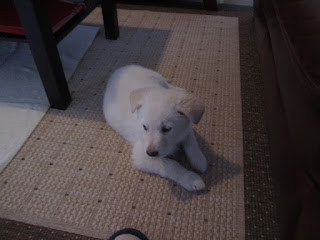 “Better to spend three years looking for a good master than ten years training with a bad one.” Wushu wisdom.
“Better to spend three years looking for a good master than ten years training with a bad one.” Wushu wisdom.We live in a fast changing world where “being stable” means being adjustable. Only people who lost their adaptability naturally resist change (see: How to Guide Your Change). They become rigid which is the opposite of stable.
In Martial Arts adaptability is the principle of the Bruce Lee’s idea of giving with adversity, to bend slightly and spring back stronger than before and finally to adapt oneself harmoniously to the opponent’s movements without striving or resisting. During a competition or fight you have to adjust to the environment, your opponent, and to the mistakes you and your opponent make. This you can only do by being stable, flexible and adaptive.
Nature is a prime example of adaptability. Even big trees should be flexible and adaptive to grow stable. They adjust to the surrounding environment, to the winds and become even more stable. If not, they are uprooted. They don’t consume extra energy to rise straight up. For them it is natural to adapt to the soil declination when growing.
Water is the next good example mostly used in martial arts as a material to ‘replicate’. In China they used to say: water purifies and refreshes all living creatures, water without restraint and fear trickles through the surface of most things, water is fluid and adaptive, water which is in harmony with the laws of Nature. Water is soft but can cut through the hills and hard rock. Water “makes” it by adapting.
In everyday life there is an abundance of events and issues that require our adaptation.
Are we able to adapt or not quickly enough?











